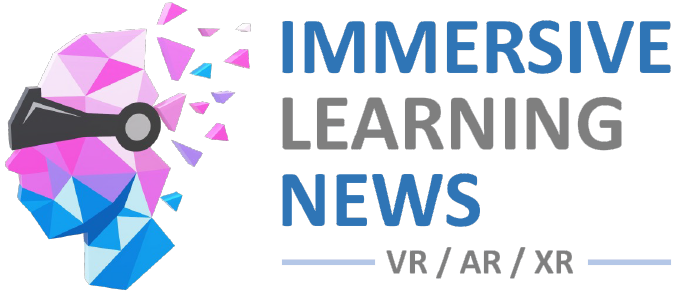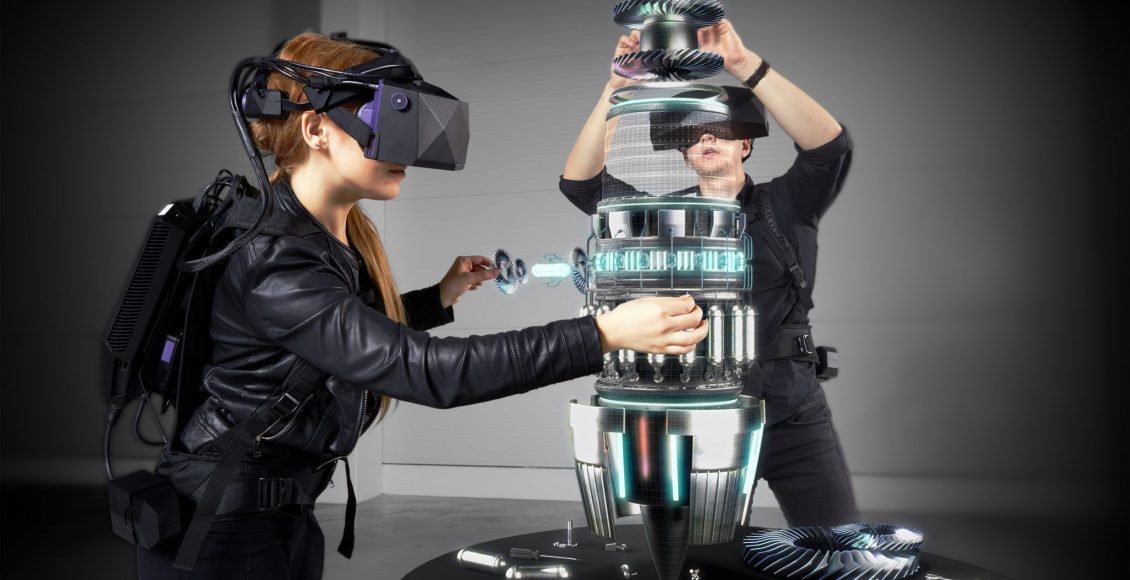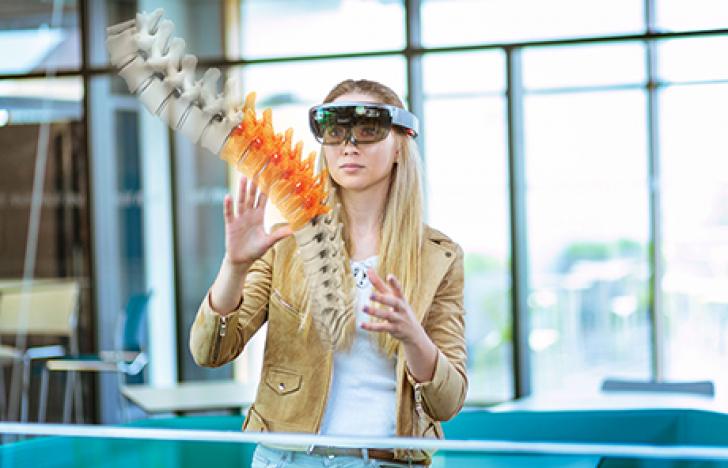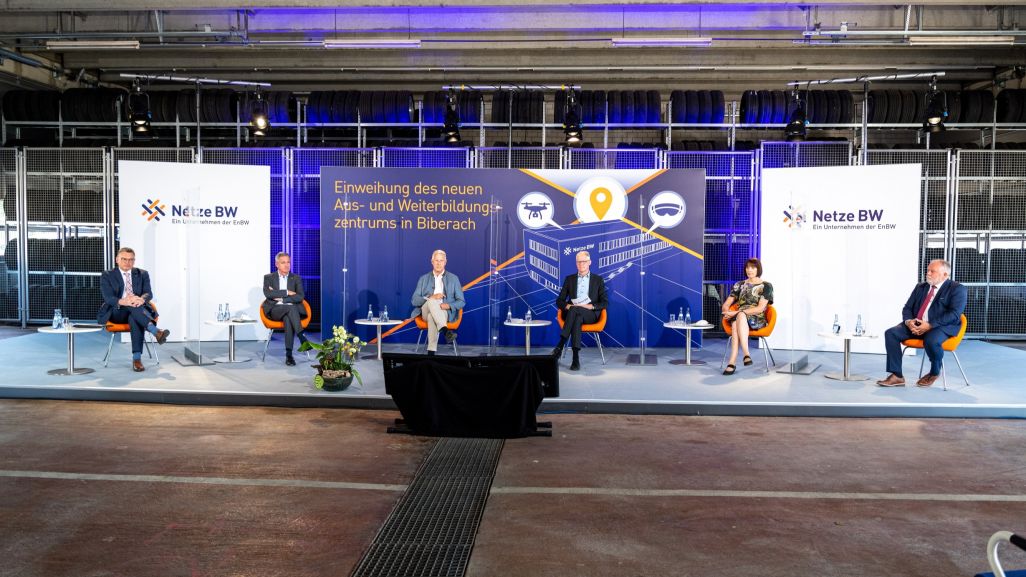VRFocus interviewed CEO and co-founder Marek Polčák.
The consumer virtual reality (VR) market is a tough industry to be in, for hardware and software companies alike. It’s not easy convincing the public of spending £400+ on a device that straps to their face for immersive entertainment. The same can’t be said for the enterprise sector, as demand seems to be steadily increasing thanks to VR’s range of use cases. It’s why some companies have either moved over or solely focused on business applications as there’s more money to be made. Depending on application companies have a range of head-mounted displays (HMD) to choose from, with only an elite few competing in the upper echelons, one of which is VRgineers’ XTAL headset.
VRgineers’ first product was the VRHero 5K Plus before its successor arrived in 2018, offering improved visuals, greater field of view (FoV), automatic IPD adjustment (AutoEye) and integrated hand tracking thanks to built-in Leap Motion technology. An imposing looking headset thanks to its width – the design allows for a 180-degree FoV – the XTAL is most certainly aiming towards enterprise applications, most notably simulation.
With that in mind, it’s why XTAL boasts a 5K resolution – 5120 x 1440 (2560 x 1440 per eye) – from two Quad HD high-density OLED displays, offering companies plenty resolution to make even the finest detail visible. It’s why car manufacturers like Audi/BMW use XTAL for both design iteration as well as sales applications, allowing customers to look at new models and customise them.
Having first encountered the XTAL HMD during CES 2019, coming away from the very brief demo rather underwhelmed – it does cost over £5,000 – VRFocus recently headed over to the Czech Republic to visit VRgineers’ headquarters. There will be a deeper hands-on article later this week but before that VRFocus interviewed VRgineers’ CEO and co-founder Marek Polčák.
Polčák is certainly passionate about VR having started in the industry by offering immersive tours of Prague. The trouble was that at the time the headsets weren’t up to the challenge, unable to provide the sort of quality Polčák wanted. So he co-founded VRgineers alongside Martin Holecko and Vaclav Bittner in a bid to create a device which could offer the quality he was after.
Today, that has led to XTAL, a headset which mixes both high-end industrial components with consumer tech – it supports SteamVR and Lighthouse tracking. Check out Polčák’s interview below to learn more about VRgineers and what the company is working on for the future. For VRginners updates, keep reading VRFocus.
Quelle:
https://www.vrfocus.com/2019/10/enterprise-vr-how-vrgineers-is-creating-the-ultimate-hmd-for-simulation/




